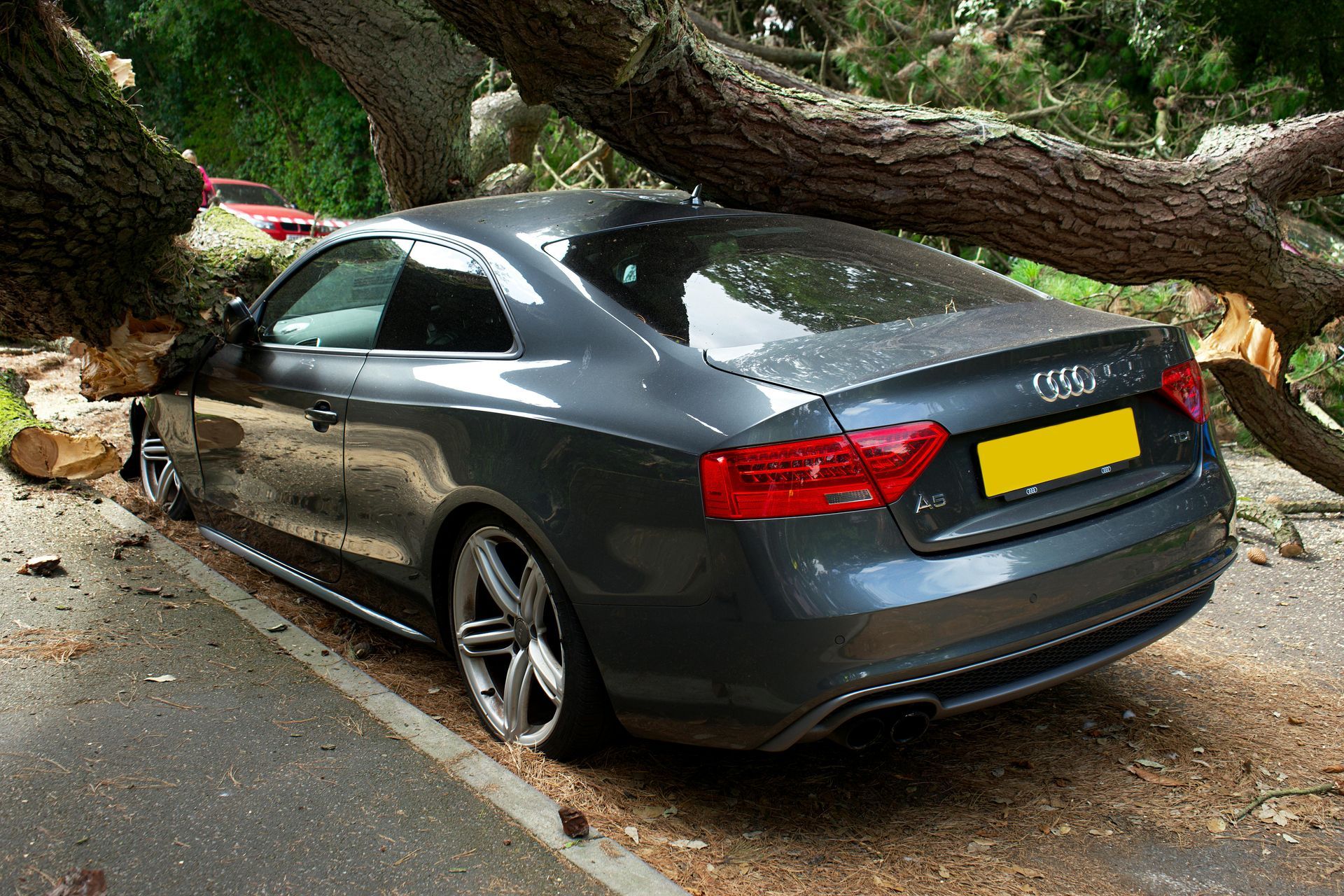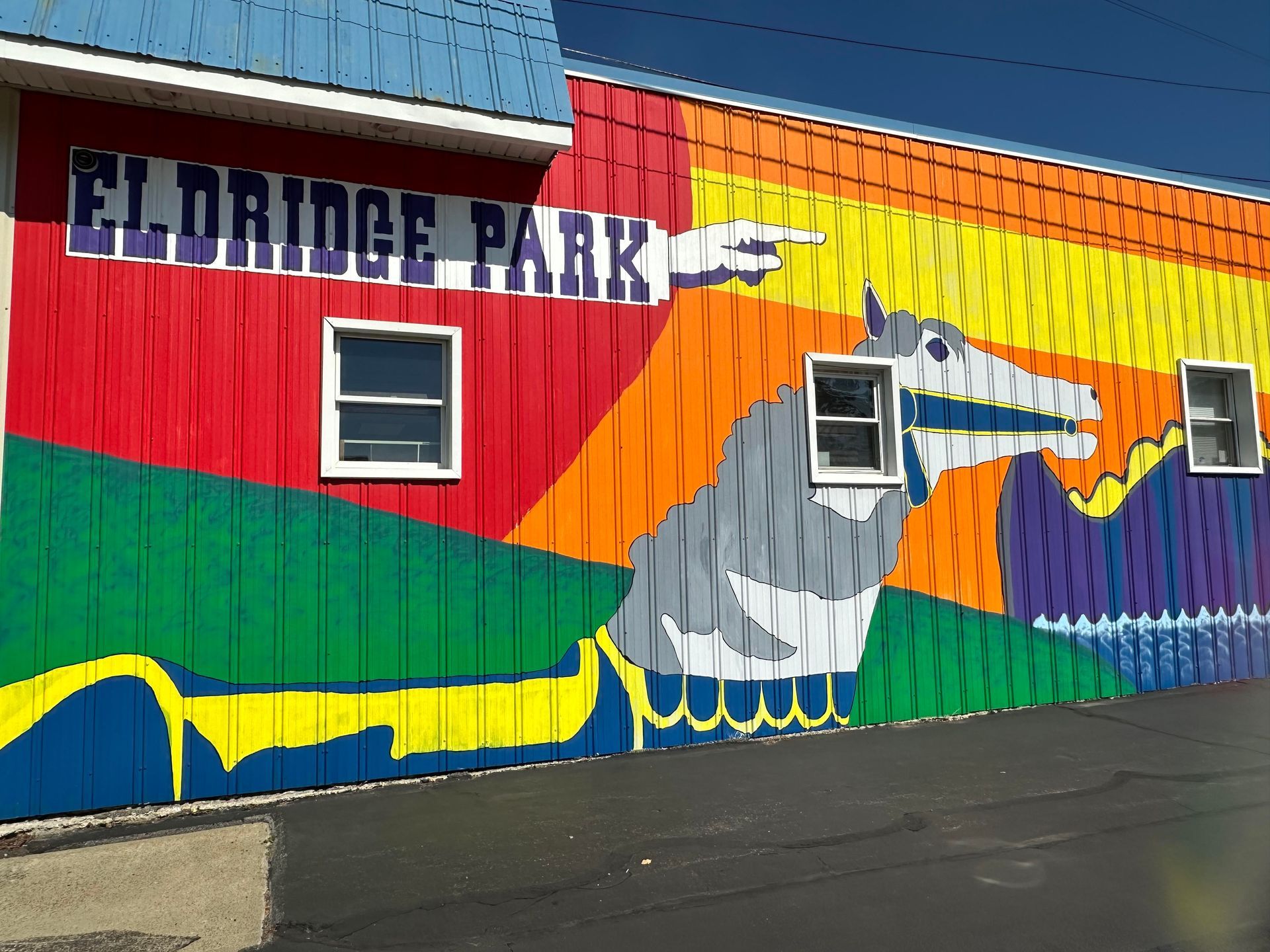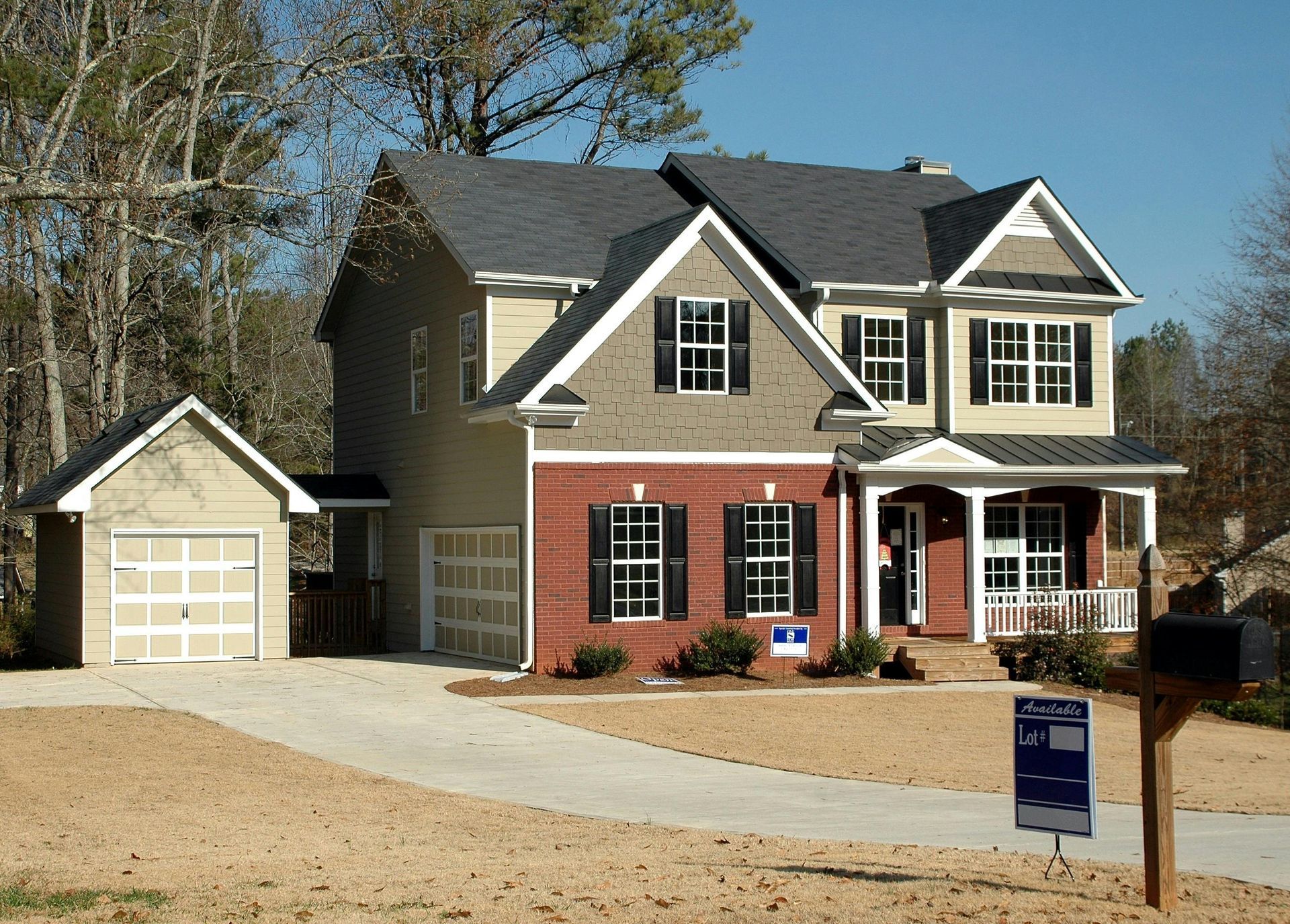How much insurance should you put on your home?
Here's how to Insure your Peace of Mind

No matter how big or small, your home is your castle. It is probably the biggest investment you will ever make. So you owe it to yourself to fully understand what a home insurance policy is—and what it is not. Our wonderful country allows us to freely choose where we live. It’s up to you to make location choices, which are often based on neighborhood preference, proximity to work or family, or a specific school district. In addition, homes come in all shapes and sizes. Once you find the one that suits you best, it’s important to secure your investment with a homeowners insurance policy that you fully understand.
Choosing Your Policy
A homeowners insurance policy is composed of six parts, and they are relatively simple to understand:
• Coverage A—Dwelling
• Coverage B—Detached Structures
• Coverage C—Personal Property
• Coverage D—Loss of Use
• Coverage E—Liability
• Coverage F—Medical Payments to Others
Knowing what each coverage part means will allow you to be better prepared when making your decision on the amounts of insurance you need.
Coverage A—Dwelling
This is the amount of insurance on the home itself. If there is a fire, wind storm, lightning strike, or ice buildup on the roof, this insurance will pay. Insurance companies have sophisticated computer pro grams to help determine the amount of coverage needed to replace your home. This is a number based on either the total square foot or the number of rooms in the home, as well as the type of construction (wood frame or concrete) and other factors like age and distance to the nearest fire hydrant.
Don’t get confused with the “market resale value” or “appraisal value” of your home and think that’s the amount of insurance you should purchase. You may be making a big mistake if you ever suffer a major claim, because these valuation figures may not be a good indicator when it comes to repairing or replacing your property.
There are many issues to consider when determining the insurance amount you should obtain. Your insurance agent may suggest limits higher than you might think. Here’s why:
• If there is destruction to your home (fire, smoke or water damage, etc.), there can be substantial cleanup costs that need to be performed before rebuilding begins. I’ve seen expenses as high as $50,000 just to tear down walls, insulation, flooring, etc., not to mention that smelly smoke that penetrates ceilings and attic rafters. The rebuilding begins only when the structure is totally clean of the damage.
• Contractors sometimes escalate their charges because they may have to hire emergency crews to work over time to prevent further damage (like mold and freezing pipes).
• The cost of materials may be higher than they would be for a contractor building a new home, where a con tractor has time to shop for the best prices on wood, plumbing fixtures, lighting, and kitchen cabinets.
I strongly suggest you consider insuring your home for 80–100 percent of REPLACEMENT COST based on the insurance company calculations. If you suffer a loss, your insurance company will pay the amount it would cost to repair or replace your home without deducting anything for depreciation. So, pay the premium for this coverage and you will be glad you did when you are not forced to cough up big dollars out of your own pocket if you are hit with a major claim.
Some insurance companies offer a Replacement Cost Guarantee, which will provide coverage above your actual dwelling limit on your policy. In other words, if the cost to rebuild your home turns out to be higher (see the bulleted items above), your insurance will pay the extra amount. That’s an incredible feature you should consider. There is also a valuation option called ACTUAL CASH VALUE. Here’s where home repair costs are depreciated based on the age and dwelling condition. Anyone can purchase this option, but be prepared to receive only a partial payout if you suffer a loss.
More often than not when there is damage to a home, it is not severe (although I’ve seen more than my share of homes burn all the way to the ground). In these circumstances of partial losses, like a kitchen fire, you will be glad you purchased a replacement cost policy and not an actual cash value policy. You get what you pay for, so wouldn’t you prefer to have the entire cost of repairs (replacement cost) instead of the potential to only have some of it paid by your insurance policy (actual cash value with depreciation)?
TRUE STORY: Bob accidently left a pot on the stove while he went outside to do some chores. A short time later the kitchen was on fire. By the time the fire de partment arrived, the entire house was full of smoke. Although the dwelling itself was relatively undamaged (just the kitchen) the cost of cleanup, repairing, and repainting was more than $300,000. That’s no exag geration. Thankfully, a guaranteed replacement cost in surance policy was in place. Bob said afterward: “I will forever be indebted to my insurance agent for selling me the right insurance policy.”
When you are purchasing home insurance, or even reviewing your existing policy, it’s important to know what replacement cost is compared to actual cash value. Yes, it costs more to insure your home for a higher amount than you might expect, but, trust me, it’s worth it! Remember: You are protecting the biggest asset you own—your home.
To anticipate inflationary increases, most insurance companies offer policies that automatically increase the amount of insurance periodically. Regardless, you should review your policy each year to make sure your coverage is keeping pace with inflation.
Coverage B—Other Structures
This is insurance for all buildings and decks (not touching the house), fences, in-ground pools, and other structures that are on the property. The amount of coverage is usually 10–20 percent of the dwelling amount, and it comes as part of the policy at no additional charge. So, if you insure your main dwelling for $200,000 you would also get $20,000–40,000 on other structures. Once again, there would be coverage for fire, lightning, and wind and ice damage. (Note: This amount can be increased for a very small additional premium.)
I usually compare this option to purchasing a McDonald’s combo meal, where the French fries are included with your hamburger. It’s a good deal! You say you don’t want this coverage because you don’t have a detached garage, shed, or pool? Well, your circumstances may change in the future, where an addition is made and you forget to tell the insurance company. Coverage is there for you now and in the future. (Enjoy the fries!)
Coverage C—Personal Property
Here’s where you insure the contents of your home—your personal belongings. Coverage applies for circumstances like a fire, or smoke or water damage. You are also covered for theft or vandalism (up to a certain percentage, even if items are stolen out of your car or off your property (at a storage unit, for example).
Once again, purchasing this insurance is like getting a fast food combo meal. The policy automatically provides a certain amount of insurance, which is generally a percentage of the dwelling Coverage A. Most policies provide between 50 and 75 percent of the dwelling coverage for personal property.
Example: If the dwelling amount is $200,000, the amount of personal property would be $100,000 to $150,000.
I like the fact that the calculation is already made for you. It is often very difficult and time consuming to take a com plete inventory and try to put a valuation on all your stuff (furniture, clothing, kitchenware, and all those holiday dec orations in the attic). In most cases the amount provided by the insurance policy is adequate. If for any reason you want to increase this amount, you can do so at a minimal cost.
Your personal property is valued on either a REPLACE MENT COST basis or ACTUAL CASH VALUE (depreci ation), similar to Coverage A—Dwelling. Here’s an example:
Example: You have a refrigerator that is 10 years old. You originally paid $700 for it. It is ruined in a fire. A replacement cost insurance policy would provide money to buy you a brand-new refrigerator (like kind and qual ity) even if the cost is now $1,200. That’s awesome! If you had chosen an actual cash value policy, the refrig erator would be depreciated based on age and wear and tear. You might be lucky to get $350 for it.
My recommendation: Buy the replacement cost option.
Coverage D—Loss of Use
Your house is damaged to the extent you cannot live there. It might take three, six, or even nine months to rebuild. This part of your insurance policy would pay for your costs to live elsewhere, such as a hotel or rented apartment. Coverage here includes the additional costs you incur for eating meals at restaurants because you cannot cook at home (or in a hotel). Costs of utilities may also be paid for.
The amount of insurance is either a stated amount, some times up to the full dwelling coverage, or an amount of time of actual expenses incurred, such as 12 months.
Coverage E—Liability
What happens if someone (a non-resident of your home) gets hurt on your property? And it’s serious? You could get sued. Liability insurance provides coverage for defense costs, lawsuits, and court settlements. Examples include:
• A trip and fall on your driveway.
• A slip on ice on your porch step.
• An injury or drowning in your pool.
• An injury on your trampoline or swing set.
• You hitting a golf ball (while on a golf course away from home) and a bystander getting hit in the head.
• Your child playing in a Little League game and acci dently hitting someone with a bat.
Liability insurance is comprehensive protection for you. Most insurance policies provide coverage starting at $100,000. The cost to increase this to $300,000 or even $1,000,000 is not that much. I suggest you consider as much coverage here as possible. (I also suggest purchasing personal umbrella coverage as part of your entire insurance plan.)
Coverage F—Medical Payments
This is insurance for simple medical bills for people (non-residents) who get hurt on your property or because of an accident. It’s not a serious issue where the liability cover age (potential lawsuit) is needed, but it pays as needed. This is not health insurance; it is coverage when an accident hap pens. Emergency room visits are most common. Coverage here is usually in the $5,000–10,000 range.
Other Important Coverage Options There are several types of insurance coverages you might want to consider. Please note that many of the options I dis cuss below may not be automatically included in your policy. There may be additional charges to add the following:
Sewer and Drain Backup
You can add coverage to your insurance policy to cover sewers, drains, sinks, and toilets that accidentally back up into your home. This is certainly not a pleasant situation, but you will be pleased when a claim is paid. Oftentimes a professional emergency restoration contractor needs to be hired to help with the cleanup.
TRUE STORY:
Rosie lived in a ranch home in an up scale neighborhood. One frosty January afternoon she suddenly realized that all of her sinks and toilets were backing up with gray sewage. An underground sew er in the street had malfunctioned. The sewage was rushing in so fast that it soon accumulated 3–4 feet in her lower-level basement. This was not her fault. She had no control over the municipal septic system. But she was a victim. The cost for cleanup and total renovations to her wall, floors, and bathrooms was enormous. Thankfully she had sewer and drain cov erage. Her Loss of Use (Coverage D) paid for her to live elsewhere while repairs were made to her home. Several of Rosie’s neighbors had similar smelly water issues in their homes. Some had this coverage; some did not.
Building and Ordinance
This is insurance for when your local municipality changes a code in its building laws stating that certain upgrades are to be made if there is damage to your home and repairs are needed. Sometimes a home is “grandfathered,” meaning no changes will be required to a property unless it is destroyed or extensively damaged.
TRUE STORY: A client had a major house fire. Before the rebuilding plans were approved by the town code officer, the homeowners were required to move their entire basement foundation further from the road. They learned that once the house was damaged they were no longer in compliance. The additional cost was $110,000. Other true examples where this coverage was needed: The width of a fireplace liner needed to be increased and the spindles on a wooden staircase in side a home that was built in 1977 (code was accept able back then, but not now). Building and ordinance coverage from a homeowners will pay for this type of upgrade.
Jewelry
Most insurance policies provide a limited amount of coverage for jewelry (usually $1,000). If you have a valu able diamond ring or family heirloom, consider adding this rider for better protection. You may be required to provide an appraisal from a jeweler.
Fine Arts and Collectables
Coverage can be obtained for expensive pieces of art, pic tures, grandfather clocks, etc. You can also insure sport card collections and coins.
In-Home Business
Oftentimes homeowners can get some insurance coverage when they work from home or own their own “home based business.” Furniture, computers, sales samples, and inven tory are all examples of items that can be covered. Liability insurance can also be provided if clients come to your home.
Identity Theft
This is one of the fastest-growing crimes in our society today.
With Internet scams and credit card thefts, thieves get access to your Social Security number and other key factors about your identity and then they try to become you! They rack up thousands of dollars on credit cards and siege bank accounts.
For just a small premium you can add coverage that assists with legal fees incurred to recover your identity.
***
The staff at our agency always enjoy having conversations with new home buyers and existing homeowners who want to review their policy. We don’t intend to scare them (or you) with doom and gloom, but we are faced with real claims every day. We take great pride in being experts in home insurance products.
Money-Saving Ideas
• Combine your auto insurance and home insurance with the same company.
• Choose higher deductibles. Because the average home owner submits a claim only once in 15 years (Source: Insurance Information Institute), you can save money by choosing a higher deductible. For example, it may save you about $30 when you increase from a $200 to a $500 deductible, but over 15 years that equals $450 in savings.
• Install smoke alarms, dead bolt locks, and security sys tems that alert local fire and police.
• Know that the rate for replacement cost option on your dwelling can actually be less (per thousand of coverage) than actual cash value—and you’re getting more coverage.
• Try not to submit small claims. Don’t treat your insur ance like a maintenance policy; you may pay for it with higher prices and surcharges in the future. (Insurance companies often look at past claims when determin ing your current price and eligibility.)
• Establish and maintain a good credit score. Actuar ial data has shown that homeowners with high credit scores not only pay their bills on time but historically do not submit claims as often as those homeowners with poor credit scores.
• Keep your house well maintained. The better kept house usually qualifies for an insurance company’s most competitive rate. They all want your business.
What Should You Do in the Event of a Claim?
Your home is a valuable asset, but it can also be vulnerable to many types of claims. If there is an incident (fire, wind damage, tree fall, water damage, etc.) it’s important to protect your property from further damage. You should take immediate action to fix the property (broken pipe, fallen tree, etc.) if it looks dangerous. Take pictures of the scene to show the insurance representative.
Report the incident to your insurance company as soon as possible. You can even do this online (see www.WallinInsurance.com) to get the process started imme diately. A claims adjustor will be assigned to your claim and will work with you to create a plan to repair or replace your damaged property.
If the claim involves an injury, a liability claims specialist will assist you throughout the process. It is vital to obtain an accurate account of the incident that occurred to assist you in the event of a lawsuit.










